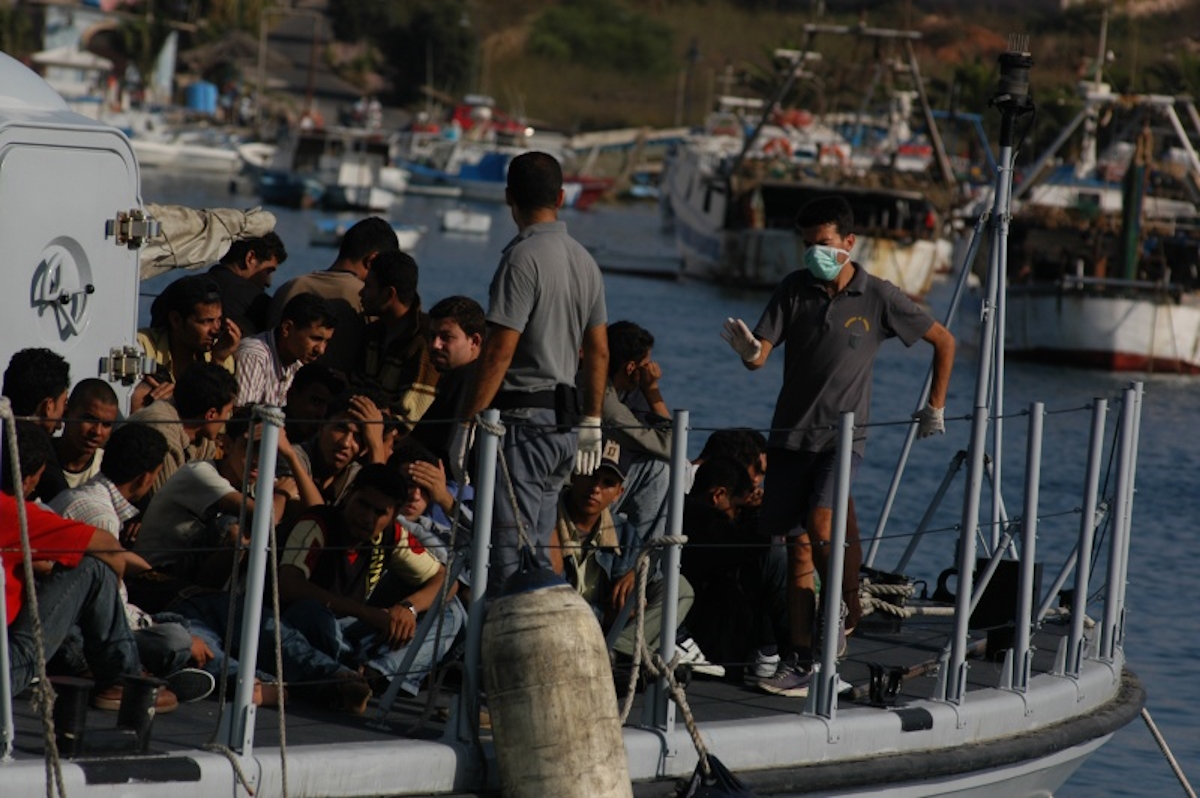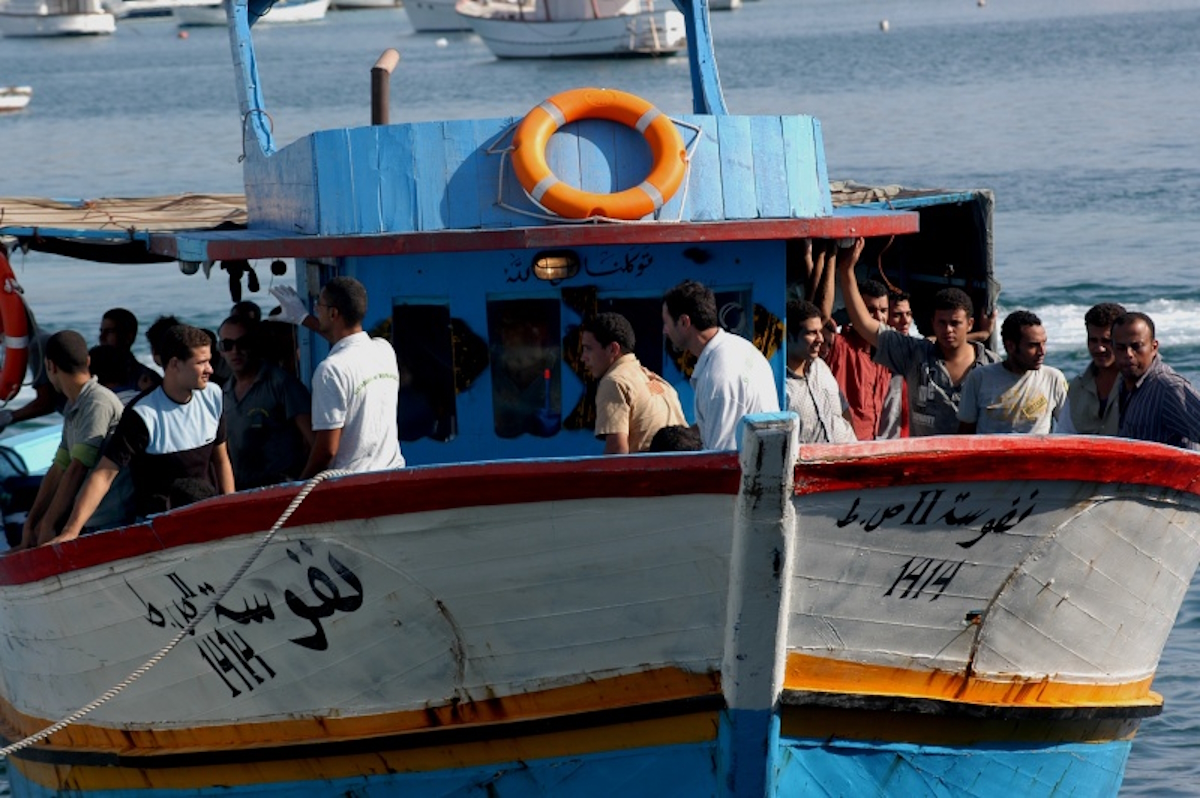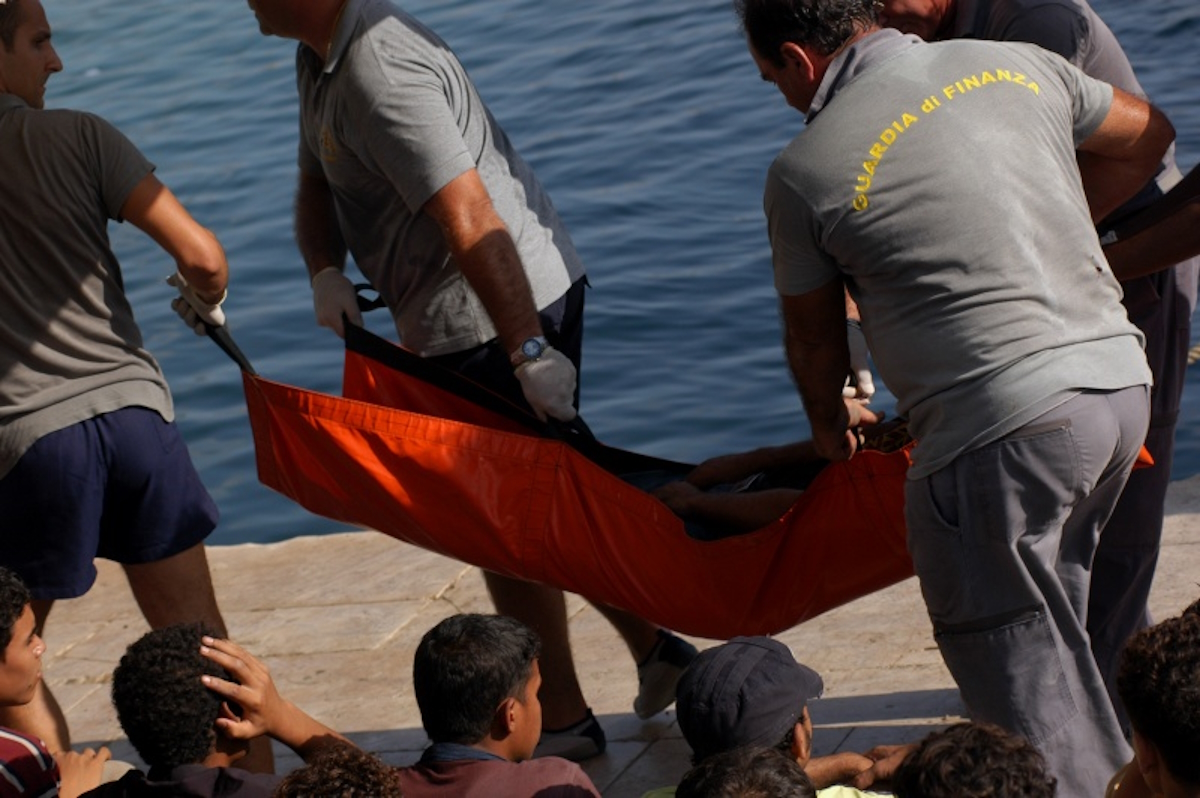Exploring Perceptions, Tragedies, and Policy Shifts in the Mediterranean Region

Throughout the present week, the subject of migration has once again assumed a prominent position within the purview of European media, owing to the commemoration of the tenth anniversary of the lamentable maritime disaster that occurred near the shores of the island of Lampedusa in Italy. This tragedy, which transpired on the 3rd of October in 2013, resulted in the loss of nearly 400 lives, with over 50 individuals still unaccounted for, while 155 fortunate souls were rescued from the perilous waters. However, it is imperative to underscore that the events of October 3, 2013, in Lampedusa do not stand as an isolated incident.
A mere week later, on the 11th of October, another maritime catastrophe unfolded in close proximity, a mere 100 kilometers distant from its antecedent. An examination of the chronology of shipwrecks within the Mediterranean Sea highlights that the migratory routes of Southern Europe bear witness to the fact that Lampedusa was far from an anomalous occurrence. Both before and after the events of October 2013, vessels have met their tragic demise with comparable or even greater numbers of passengers on board.
To elucidate this point, one must contemplate the somber reality of nearly 300 individuals who went missing during a single shipwreck in 2011 and an astonishing figure exceeding 800 people in the year 2015. In 2014, the grim tally stood at no less than 800 individuals who either perished or disappeared in two distinct shipwrecks within the same fateful week in September, adjacent to the coasts of Malta and Libya. These staggering numbers, though already overwhelming, merely scratch the surface.
A growing number of lost lives
Estimates from the International Organization for Migration (IOM) suggest that the number of casualties and missing persons within the Mediterranean Sea since 2014 has reached a disheartening total of 28,106. However, it is imperative to recognize that this figure constitutes a conservative estimate of the magnitude of events that have transpired on Europe’s doorstep long before the tragedy of Lampedusa in 2013.
Regrettably, due to the available tools and resources, it is an impossible task to ascertain with precision the precise number of casualties and disappearances at sea. These figures oscillate between those collected by European political entities and non-governmental organizations. Whether dealing with significant shipwrecks, where estimations may offer a degree of reliability albeit hindered by the inherent difficulty of ascertaining the precise number of passengers on these vessels, or dealing with smaller craft that vanish without leaving a trace, the challenge persists.
In light of these complexities, we are prompted to acknowledge that as early as 2009, four years prior to the Lampedusa tragedy, a series of three shipwrecks had already transpired within the Mediterranean waters between the months of March and April. The first of these resulted in the loss of 98 lives, with 131 individuals reported missing. The second and third incidents similarly culminated in 250 persons missing in each instance, with no remains recovered.
The question arises as to why the commemoration of the Lampedusa anniversary garners attention while the equally tragic 2014 shipwrecks near Libya and Malta, resulting in the disappearance of over 700 individuals, do not. The ensuing table provides a partial glimpse of the extent of the numbers and the relentless tragedies that have persisted in recent years, representing a series of Lampedusas that have gone unabated.
In a recent discourse held in Madrid, Claire Kumar, a researcher affiliated with the Overseas Development Institute (ODI), expounded upon the prevailing perceptions of migration in Southern European nations that receive migratory inflows via the Mediterranean. The findings of the survey presented by Ms. Kumar illuminates the intriguing disparity between the moments when European populations deem migration to be a pressing national concern and the periods of greatest influx of migrants. The study examines the prevailing attitudes towards migration within Southern European nations that serve as recipients of migratory flows originating from the Mediterranean. The data is derived from the Eurobarometer Standard Surveys conducted by the European Commission spanning the years 2003 to 2023.

Notably, countries such as France and Spain, despite hosting limited Syrian populations, experienced surges in migratory inflows in the year 2015. Conversely, Italy witnessed its peak in 2016, a period characterized by reduced influx but heightened political tension. Greece, on the other hand, recorded its highest absolute figures in the year 2020, despite experiencing the lowest number of maritime arrivals since 2003.
A noteworthy observation is the relatively stable correlation between the number of deaths in the Mediterranean Sea and the incidence of irregular arrivals in Europe. According to data compiled by the Council of Europe up to 2023, following the zenith of arrivals in 2015, commonly referred to as the «refugee crisis» prompted by the Syrian conflict, these figures exhibited a decline. However, the incidence of fatalities did not mirror this downward trajectory.
In 2015, over one million individuals arrived in Europe, and tragically, 4,054 lost their lives in pursuit of this perilous journey. Subsequently, in the following year, despite a significant reduction in arrivals to approximately 375,000, the number of fatalities surged to 5,143. This pattern has persisted over time, marked by a diminishing trend in arrivals while the occurrence of deaths remains stubbornly high. Notably, European Union (EU) efforts appear concentrated on curbing the volume of migrants and refugees entering Europe, with less emphasis on mitigating the perils faced during the journey.
Recent events underscore the challenges faced by migrants and refugees. For instance, two Afghan refugee families, encompassing seven children, arrived in the San Carlos Borromeo parish in Entrevías (Madrid) after being deported from Germany. The poignant photograph depicting the tragic demise of young Aylan Kurdi in 2015 deeply affected European society. Aylan, along with his five-year-old brother and mother, drowned while attempting to cross to Greece in a small boat. Tragically, this heart-rending incident did not translate into the formulation of protective policies to avert future such tragedies.
Regrettably, Aylan’s death was leveraged to justify a narrative of securitization that further exacerbated the criminalization of rescue and humanitarian efforts in the Mediterranean. This approach, reflective of a «necropolitics» of migration at the European level, invoked EU mechanisms that imperiled the lives of migrants en route to the continent.
The trend towards securitization is characterized by the establishment of Frontex and the strengthening of economic conglomerates engaged in migration control, concurrently endorsing a policy of externalizing borders with the objective of enhancing security in countries of origin.
Simultaneously, there has been an alarming progression in the criminalization of humanitarian aid and rescue operations. In 2016, three Spanish firefighters were apprehended in Greece, charged with attempted human trafficking for their efforts to rescue refugees off the coast of Lesbos. Their exoneration by the Greek justice system did not transpire until 2018.

Subsequently, a series of arrests followed, including that of Carola Rakete, captain of the rescue ship Sea Watch III, in 2019, as well as the withholding of safe harbors from rescue vessels like the Aquarius and the Ocean Viking, even when carrying thousands of individuals, all transpiring with impunity.
Following the EU’s shortcomings during its initial test involving global forced displacement, political initiatives have shifted focus towards the exclusion of undesired migrants rather than effectively managing the dire needs of this population.
The European Pact on Migration and Asylum, finalized under the Spanish presidency after protracted negotiations spanning three years, reflects the sole common denominator among member states: the fortification of borders, the externalization of migration control, and the reduction of the asylum system to a market-driven paradigm. This stance weakens the international protection system and accommodates those who seek its reform, albeit with intentions to dilute it.
Conspicuously absent from the new European Pact is a coordinated approach to regulating the labor mobility of non-EU citizens, which accounts for a substantial 90% of migration flows to the continent. This responsibility is relegated to individual nations, thereby prompting a competitive race to attract skilled labor and talent upon which the EU economies depend.
Collectively, the actions and inactions of the preceding decade will shape the forthcoming years. Europe finds itself ensnared in a quagmire that may compel it toward an increasingly aggressive and isolationist trajectory—diametrically opposed to the global imperative of 2023.
